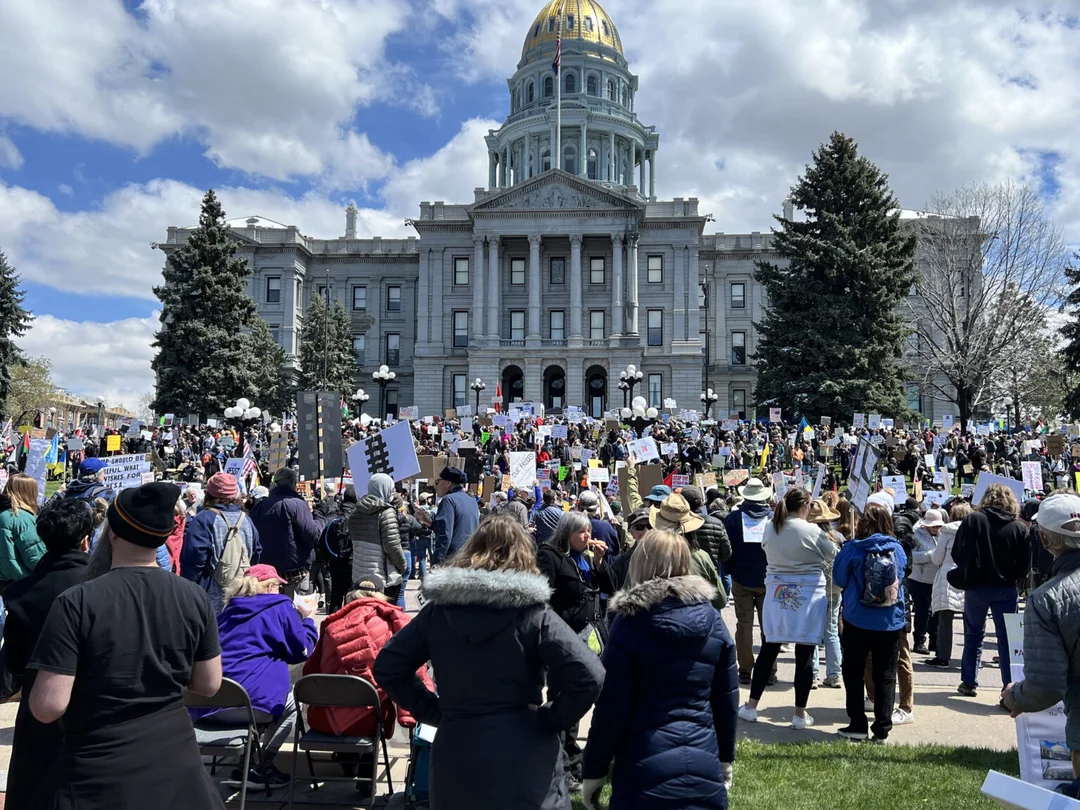
What Is Fuelling the Resurgence of Anti-Trump Protests Across America?
The streets of Denver and Colorado Springs echoed with opposition as anti-Trump protesters gathered for the latest in a series of nationwide "Hands Off!" rallies. The resurgence of these demonstrations highlights a renewed sense of urgency among activists who fear for the future of American democracy under President Donald Trump and his administration.
On a Saturday afternoon at Colorado's Capitol, a crowd assembled with a singular message: dissent against what they perceive as threats to civil liberties. Attendees were recorded passionately chanting slogans and holding signs that criticized Trump's policies and practices. Videos shared on social media illustrated not only the scale of the gathering but also the emotions fueling this protest movement.
Organized by the Colorado 50501 Chapter in collaboration with Women’s Strike and Raise Her Voice, the rally was set to take place from noon to 4 p.m. It aimed not only to voice dissent but also to galvanize civic engagement. Participants, many of whom were seen rallying just weeks prior, expressed a desire to encourage voter participation in local and federal elections, signaling a strategic shift toward amplifying political activism.
Similar demonstrations erupted in cities across the nation, suggesting that the movement is gaining traction. Colorado Springs, for example, saw residents turn out for their own rally, underlining the coordinated effort behind a campaign that aims to orchestrate 50 rallies across all 50 states on a single day. This ambitious plan aligns with the broader goals of the 50501 Movement, which seeks to raise awareness and foster community engagement around issues that resonate with citizens who feel disenfranchised.
The sentiment expressed in these rallies reflects growing discontent with the administration's actions regarding immigration, economic policies, and overall governance. The presence of notable figures such as Tesla CEO Elon Musk, who has become a target of scrutiny due to his involvement in governmental affairs, adds another layer of tension as protesters connect corporate influence with political power. Despite the challenges posed by a divided political landscape, the demonstrators' persistent presence underscores a determination to fight back against perceived injustices. By setting up booths to provide civic information on community involvement, organizers aim to empower attendees to go beyond protest and into actionable change.
As the movement continues to gain momentum, it poses a vital question: will this newfound activism translate into substantial political change come the next election cycle? The stakes have never been higher, and as more individuals engage in civic discussions, the answer to this question could shape the future of American politics.
What do these protests mean for America’s political landscape? We invite you to share your thoughts below.